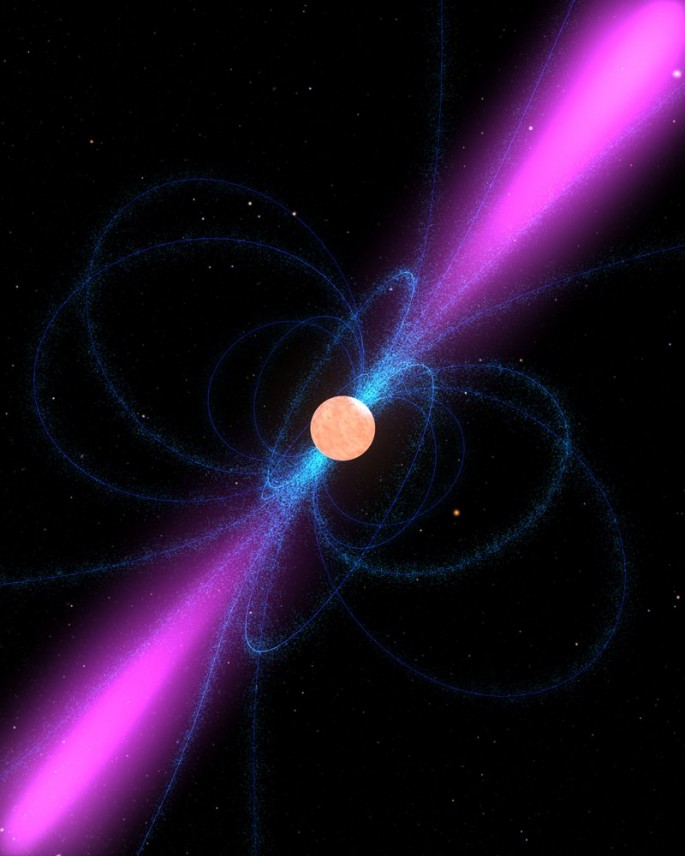Scientists have apparently figured out how to weigh a star using mathematics to determine the mass of pulsars. Pulsars are highly intense magnetic neutron stars that are formed from interstellar debris from supernovae explosions.
Scientists traditionally calculate the mass of a star, planet or a moon by studying its motion in relation to other nearby bodies, estimating the mass by the gravitational forces between each other.
In this new study, researchers from the University of Southampton reveals that they have already established a technique to measure the mass of a pulsar even if it is alone in space, with no existing cosmic bodies around to compare its mass.
According to Wynn Ho from the University of Southampton, when it comes to pulsars, the team was able to use the principles of nuclear physics as opposed to gravity to figure out their mass which is a breakthrough method and has the potential to revolutionize how to calculate the mass of stars.
The technique uses the unique characteristic of pulsars which are electromagnetic radiation beams that are emitted throughout space when the stars rotate fast during spinning, as telescopes detect these beams that are sweeping by Earth.
Most pulsars possess incredibly regular rotation rates however, young pulsars can show "glitches" in their spins when they accelerate faster. Astronomers now believe that these glitches are caused by spinning superfluids inside the core of the pulsar where rotational energy is emitted outside the crust, affecting the rate of spinning including its timing of the beams emitted across deep space.
Researchers used X-ray and radio data on these pulsar beams to devise a mathematical model in determining the mass from a pulsar that shows glitches. The frequency of the glitches are determined by how much superfluid is contained in the star as scientists gathered data from these observations with nuclear physics, equalling to the mass of the rotating star.
This new study is published in the journal Science Advances.



























